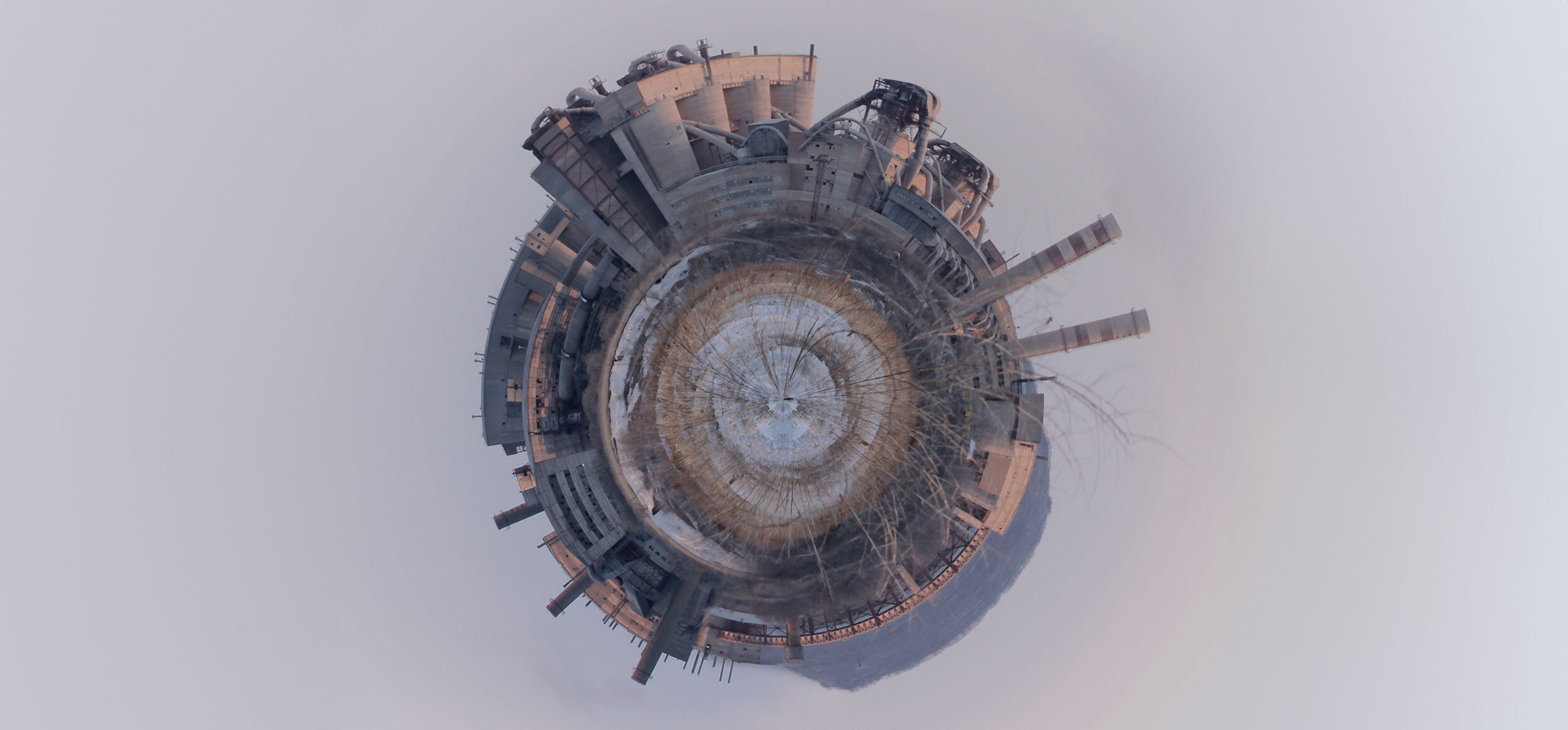
The global roll-out of carbon pricing schemes is accelerating and they now cover almost a quarter of global greenhouse gas emissions, according to a recent World Bank report. Revenues from carbon taxes and emissions trading systems (ETSs) have reached a record high of $95 billion – despite the challenging context of governments facing high inflation, fiscal pressures and energy crises.
With cement and steel production producing a significant share of all global emissions – each accounting for about 8% every year – strategic choices on how to abate emissions are set to fundamentally change the competitiveness of producers. A portfolio of short-term changes that can be scaled across all plants will be the first step. In the longer term, new low-carbon technologies are likely to be part of the solution – but there are still many uncertainties as most of them need time to be proven in use or are not widely scalable.
In Europe, a recent landmark has been the European Union’s (EU’s) Carbon Border Adjustment Mechanism (CBAM) which came into force in May. The transitional phase is due to start in October, with the first reporting period for importers running to the end of January 2024. The CBAM is designed to put a price on the carbon emitted during the production of carbon-intensive goods that are entering the EU – and to encourage cleaner industrial production in non-EU countries.
The introduction of the CBAM will also coincide with the phasing out of the ‘free allowances’ of carbon credits issued to cement producers – in line with their historical emissions – as part of the EU’s ETS. Many cement producers have received financial windfalls from selling unused carbon credits – so the changes are expected to cost the industry around €8 billion.
A global rollout of Emissions Trading Systems
The benefits of the CBAM are already starting to be felt around the world. For example, South Korea– a major exporter of steel products to Europe – has announced plans to extend support for the development of low-emission production methods in an attempt to minimise the impact of the CBAM and boost its competitiveness. It has also decided to expand the basis for measuring, reporting and verifying carbon footprints, and increase financial support for green projects. Meanwhile, at the end of last year, India – another major steel exporter to the EU – passed the Energy Conservation (Amendment) Bill 2022 which includes setting up a carbon credit trading scheme.
Elsewhere in Asia, Japan – the world’s fifth-biggest CO2 emitter – began a carbon pricing scheme in April this year to encourage companies to curb emissions and achieve the country’s goal of carbon neutrality by 2050. The Hong Kong stock exchange carried out the first batch of carbon credit trades on its new voluntary carbon market in November 2022. And Singapore plans to increase its carbon tax fivefold to S$25 a tonne in 2024. The tax applies to all facilities producing 25,000 tonnes or more of carbon emissions annually.
China launched its ETS in 2021 – covering the power sector, which accounts for around 40% of the country’s total emissions. It is expected to expand to other carbon-intensive sections – including steel and construction – in its next phase. Indonesia launched the first phase of mandatory carbon trading for coal power plants in February. And the stock exchange in Malaysia launched a voluntary carbon market at the end of last year.
In the UK, Brexit led to a UK ETS replacing the UK’s participation in the EU ETS at the start of 2021 – providing continuity of emissions trading for UK businesses. And in the US, where carbon pricing is set at state level, ETSs are on the increase and now account for more than a third of US GDP.
Latest figures suggest 28 ETSs are in force around the world – with a further 20 systems under development or consideration. And the global roll-out of carbon pricing is set to continue to accelerate as companies seek to provide structure to their emissions reduction commitments.
All 2,309 cement plants worldwide are unique – using different equipment, different raw material sources, and different fuel mixes in different local environments. But what they all have in common is that the winners in cement production over the next decade are likely to be companies that can drive down their energy usage at the same time as constantly adjusting their fuel mix to balance volatile fuel prices with the carbon cost of different fuel choices. That’s why Carbon Re’s AI-powered industrial decarbonisation technology is designed to help you do just that.
